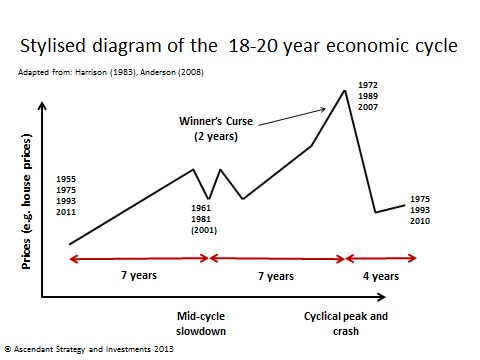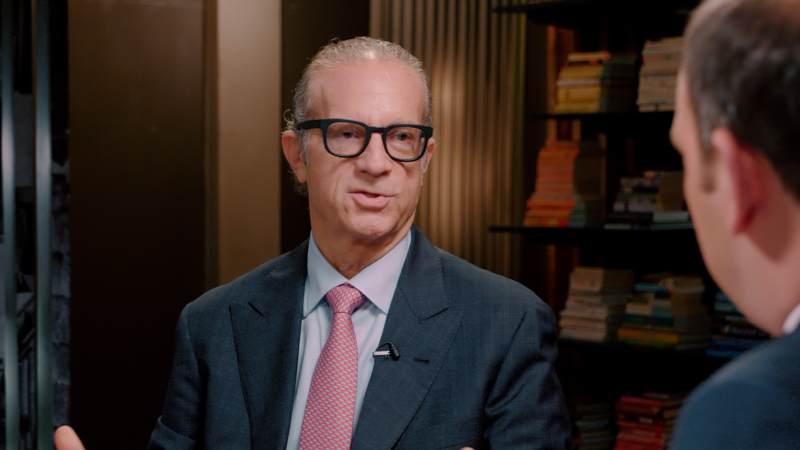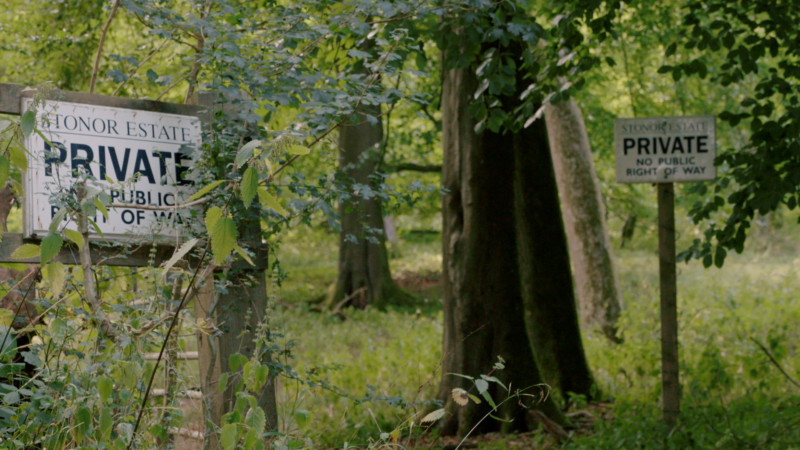Whatever way one decides to invest, trade or speculate there is always going to be risks to some extent. Contrarian investors wants to limit risk wherever possible. Large investment banks and funds use their size to hedge against risk, but as an individual that option is not realistic. Huge amounts of money are wasted through transaction costs on trades, obvious advice is to trade less often, but what does that mean… Once an hour, a day, a week, a month, a year… Less than a year?
Investors who trade less often, and I’m talking about less than a trade a year tend to use economic cycles as a guide. In fact, we can drop the word trade altogether as these investors are not trading at all, they are “taking a position”. One can take a position and leave it for years at a time before taking a new one.
Economic cycles are repeatable patterns. This premiss is not mine, it has been supported by far more prominent writers and economists than myself, such as Phil Anderson, Fred Harrison and WD Gann amongst others. I suggest you look them up, they are a fascinating read. The one that interests us here is the 18 year economic cycle.
The basic idea of the 18 year cycle is essentially easy to understand, and perhaps that is the reason many enlightened individuals dismiss it hands-down. In today’s world of complex algorithms and computer systems firing out thousands of trades per second, something as simple as a cycle that can be traced back over generations and followed into the future may sound a bit too pie in the sky to some.
The entire cycle adds up to roughly 18 years and is split into two main parts of 14 years up and and 4 years down. The Bull portion of the cycle (14 years up) is often split into two 6 year mini cycles with a mini recession or correction of 2 years separating them, although that mini recession can and has in past been by-past. The second 7 year period is often the stronger of these bull phases. This 14 year bull market is then followed by a major collapse or correction as markets become way over bought and overvalued, after which the cycle begins afresh. The diagram below shows the full 18 year cycle in action.

Image credit; theascendantstrategy.com
“I found out that essentially, in the longer time frames — not over a daily basis, but over a monthly, yearly basis — you can get these repeats. You can start to make some decent investment decisions based on repeat behaviour that you can see in the cycle”.
Phil Anderson
It is the value of the land due to its location that increases in price, not the house built on it, with the value then being capitalised as land rent and expressed as a price. Stock markets, commodities and bond markets all coincide with land prices. It is these markets that follow and mirror what happens in real estate, meaning that the troughs and peaks that occur ultimately come down to the price of land.
Records in the worlds tallest buildings, a new high in copper prices and higher interest rates all seem to align with the peak of the cycle. This results in lower asset prices and lead to a contraction in credit. Eventually the price of land can no longer be supported by the cycle and house and land prices crash, followed by stocks and other asset markets. It is land values that lead the way.
“Stock market people should understand real estate because, approximately every 18 to 20 years the stock market tanks, it takes a huge tumble. And the reason why it takes a tumble is because it’s a real estate led downturn”.
Phil Anderson
At the beginning of the 18 year economic cycle, a contrarian investor could effectively buy a stock market index fund and hold it for 14 years, using the mid cycle correction (should it happen) as a further buying opportunity. As the cycle approaches its peak one could either hold or move into cash as desired for 4 years, ready and waiting for the next cycle to commence. If you want a little more excitement you could short the markets during the bear phases, but I say why complicate things.
Sounds simple… However, there is and always will be vast amounts of economic noise every day trying to influence cycle investors to stray from the track and entice them down the murky path to the promised land of quick and easy profits. How easily could you be swayed?
This certainly isn’t stock market advice, but is how the markets have behaved time and time again for the past 200 years or more. How they continue is anyone’s guess, but if the past is anything to go by, 18 year economic cycles have an awful lot of merit in their favour compared to the popular short termism crowd.

With workers pushed to breaking point, is it now time to call time on predatory business models?

Both COVID-19 and the climate crisis are being used as camouflage for central bankers to throw more printed money into a broken system.

With proper access to land denied to the vast majority, is it now time to reclassify trespass as a revolutionary act?